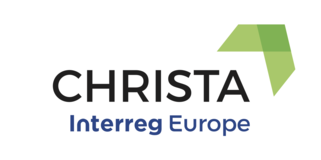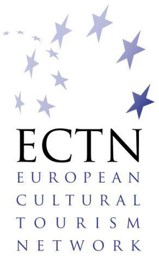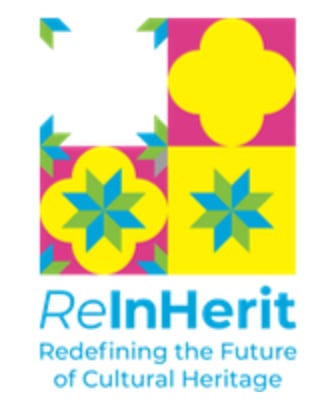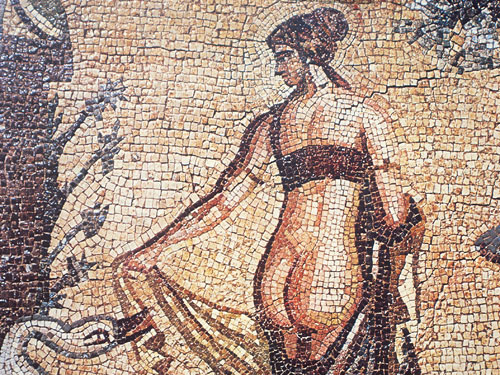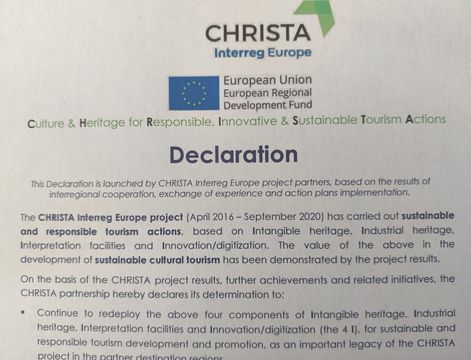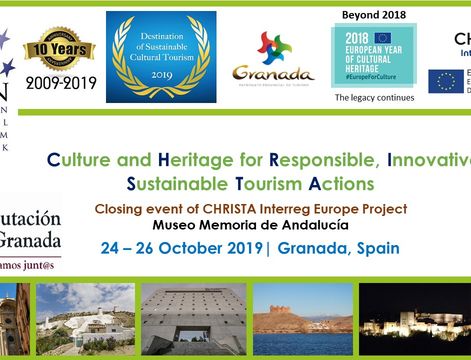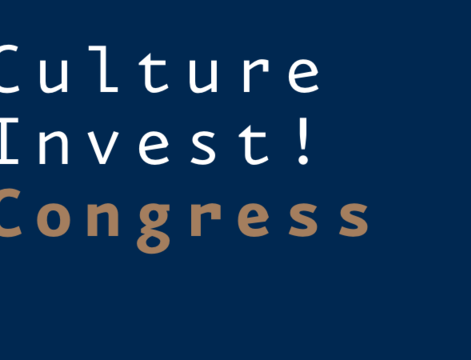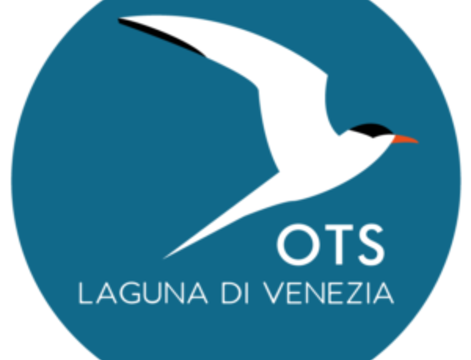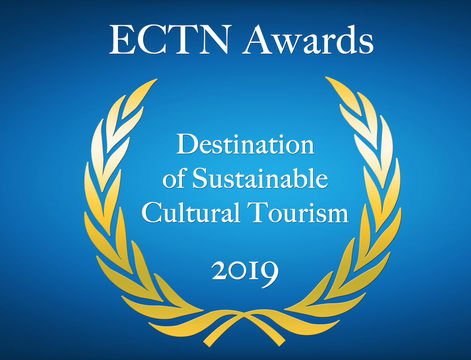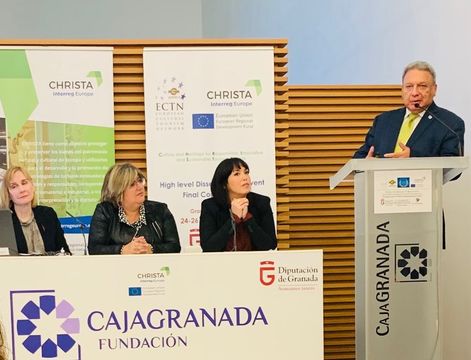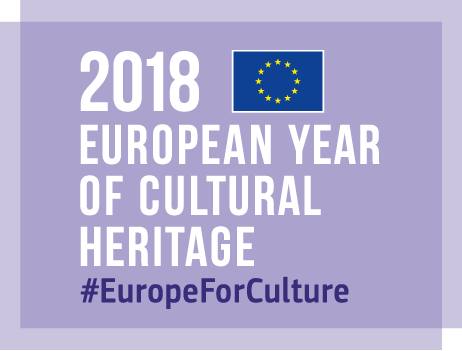Phyti Community Council, Cyprus, won the 2nd prize in the ECTN Awards 'Destination of Sustainable Cultural Tourism 2019' in the intangible heritage category.
The promotion of the 'Phytiotiko' traditional weaving embroideries is one of the actions in the Pafos action plan within the CHRISTA project. The Awards Jury comprised representatives of ECTN, Europa Nostra, European Travel Commission, NECSTouR and European Commission DG Education and Culture.
Recognizing the cultural value of the Phytiotiko Weaving Tradition and with the aim to inscribe the Phyti Embroideries on a weaving loom in the intangible world heritage list, as a first successful step all involved partners have managed to register The Phyti Embroideries in the ICH of Cyprus. The Community council of Phyti, with the support of Weavers and members of the community of Phyti, Community Council of Phyti, Museum of Popular Art and Weaving Art, Voufa Movement, Laona Foundation for the Revival and Protection of the Cypriot Countryside, Pafos Regional Board of Tourism, Frederick University made all preparations and succeeded to include this unique Intangible heritage in the ICH of Cyprus.
Even though there are no clear indications as to when this art was developed, according to Frenchman Mas Latrie, the art of weaving was particularly prosperous during the Middle Ages, mainly during the Lusignan period (1192-1489). Later on, Elizabeth Alicia Maria Lewis would write with much enthusiasm about these exceptional types of handicrafts in Phyti and the surrounding region in her book A Lady’s impressions of Cyprus in 1893.
Fythkiotika fabrics that are weaved on a voufa, or loom, are called ploumia tis voufas and are characterised by a variety of colours. Initially the colours were red and blue, as they were the only ones the weavers could get a hold of. They were later enriched with other colours, such as yellow, orange and green.
The procedure to create fythkiotika is made up of many stages: the gathering of the cotton, clearing it of seeds on the apparos (gin machine), turning it into yarn, wrapping the yarn with the use of an anemi and doulappi (special wooden hand wheel) and syrma (stretching and counting of warp threads, usually done on an outside wall), the gathering of the syrma and placing it on a loom. Nowadays, readymade thread is used, while few weavers know how to pass the thread through the loom (they usually seek the assistance of the Cyprus Handicraft Service).
Why is Phytiotika Important ?
• Connection with the past, ‘Where Do We Come From?’ = IDENTITY
• Creative expression of a place, a culture = UNIQUE
• Livelihoods = INCOME
• Relationships: Personal, National, International = CONNECTION
• Beautiful = INSPIRATION
• Making things = HAPPINESS
Actions/initiatives:
- Enhance Visit services in Cyprus-Handicraft Center
- Develop textile routes
- Organised Exhibitions and Promo events
- Provided training Classes to new weavers
-Organised school visits - Educational programs-interactive visits
-Creation of Craft centers have been encouraged through funding by the Gov.
-Achieved inland bus connections / organize excursions to Phyti Village
-Promoted Phyti Village/phytiotika weaving in DIY tours
-Promotion through regional events
-Continued supporting and train 13 new weavers in 2018
-Recorded of the makers of looms, electronic recording of the manufacturing process
- Locate men and women who know "the wire" (thread preparation)
-Organized a seminar
-Starting evaluation and reproduction of the existing weaving Guide (projects etc)
-Examine the possibility to standardize the procedure of this particular weaving
-Prepare the application for the world heritage list of ICA.
Today’s challenges and opportunities , an ongoing effort
• Once it’s gone, it’s gone forever
• Disconnect between city/village and between generations
• Weaving is not linked in to formal teaching programs
• Changing Times, Changing Tastes
• Low status of weaving despite being a highly skilled occupation
• Old Patterns, New Purpose
• Internet Shopping
• Craft Revival Trends & Luxury Brands
• Hand-made = high quality, reassuring, unique, personal .
Experience to share at local and European level:
-Prioritise Intangible Heritage Assets as a Top component for Sustainable & Responsible Tourism Development
-Spread the message of crafts and culture we need to engage both the rural and urban audiences
-Develop a Revival project with specific actions and Involve other partners such as cultural-centres, universities, art galleries and artist groups.

Europa Nostra Vice-President Mr Piet Jaspaert gives the 2nd Prize and Certificate to Pafos Regional Tourism Board Marketing Manager Mr Nicholas Tsifoutis, during the ECTN Awards 2019 Ceremony on 24 October 2019 in Granada, Spain.
#
Mr Nicholas Tsifoutis hands over the award to Phyti Community Council Chairman Mr Kyriakos Soteriou at the Pafos Regional Board of Tourism, Cyprus.
